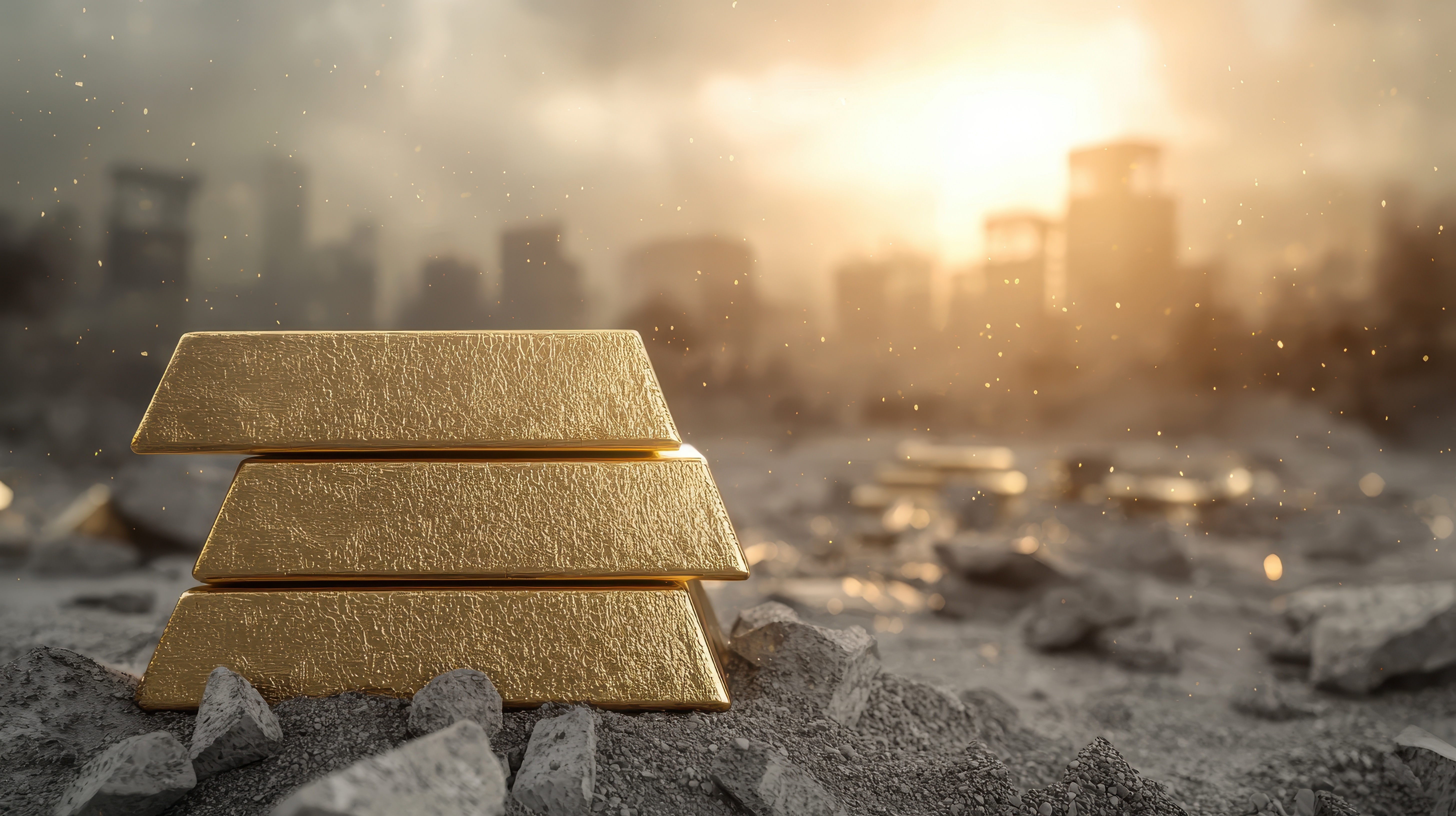When planning for survival scenarios, financial preparedness is as important as food, water, and shelter. Precious metals like gold and silver provide a hedge against economic collapse and act as a reliable barter system. In this guide, we’ll explore how to integrate metals into your survival strategy effectively. Unlike fiat currency, gold and silver retain purchasing power during crises and are preferred over paper money in many emergency situations.
1. Why Precious Metals Matter in Survival Planning
Gold and silver have been trusted stores of value for centuries. Here’s why they are essential for preparedness:
- Durability: Unlike paper money, metals do not deteriorate and are more reliable than fiat currency in a crisis.
- Universal Acceptance: Precious metals are recognized worldwide and can outperform most fiat alternatives in preserving value.
- Inflation Hedge: Protects against currency devaluation and loss of purchasing power.
- Bartering Potential: Can be used in exchange for goods and services in times of crisis, particularly when traditional forms of money become worthless.
- Emergency Preparedness: Owning metals is a vital part of being ready for scenarios like economic collapse or natural disasters.
2. Types of Precious Metals to Include
When selecting precious metals for survival purposes, consider the following:
- Gold Coins & Bullion: Ideal for wealth preservation. Gold coins are recognizable and carry global credibility.
- Silver Coins: More practical for smaller transactions and everyday use. They are easier to trade in a post-crisis economy where fiat currency has failed.
- Prepper Bars: Specifically designed for emergency use and easy divisibility, making them suitable for long term storage and trade.
- Rare Coins: Some investors include rare coins for their collectible value, though these are best suited for stable conditions rather than emergencies.
- Gold or Silver Rounds: These are similar to coins but not legal tender. They often have lower premiums and are ideal for stacking in large amounts.
3. Storing and Securing Your Metals
To protect your investment, follow these best practices for storage:
- Use a secure, hidden safe in your home, particularly if storing a large amount of gold or silver.
- Consider off-site storage in a trusted vault or facility equipped to withstand natural disasters and nuclear fallout.
- Keep metals in waterproof and fireproof containers to protect them during extreme events.
- Diversify storage locations to mitigate risks and increase your emergency preparedness.
- Maintain an up-to-date inventory of your holdings, including serial numbers, weights, and purity levels.
- Inform a trusted family member or executor about your storage methods in case of incapacitation.
4. How to Use Precious Metals in an Emergency
When traditional currency loses value, precious metals can be exchanged for:
- Essential supplies like food and medicine, especially during natural disasters or disruptions to fiat currency systems.
- Services such as transportation or security, often more trusted than gold or silver alternatives like digital payment systems.
- Real estate or other tangible assets. Long term, metals hold their worth better than volatile currencies.
- Fuel, tools, or clothing—many vendors may prefer tangible assets over unstable fiat money during emergencies.
5. Common Mistakes to Avoid
Investing in precious metals for preparedness has great advantages, but several mistakes can reduce their effectiveness:
- Ignoring liquidity: Large gold bars may be hard to trade in an emergency. Opt for divisible units like gold coins or smaller bars.
- Overlooking storage risks: Improper storage can lead to theft or damage. Always secure your investment properly.
- Buying only gold: Silver is often more practical for day-to-day bartering.
- Failing to diversify: Relying solely on one form or size of metal may limit your options when you need flexibility the most.
6. Long-Term Planning with Precious Metals
Precious metals are not only valuable during crises but also serve as a strong long-term hedge against inflation and currency devaluation. Many investors use them to diversify their retirement portfolios or as a counterweight to high-risk assets. In a world increasingly reliant on unstable fiat systems, precious metals remain grounded in intrinsic value. Owning physical assets is one of the most reliable ways to maintain control over your wealth, especially when governments introduce stricter financial regulations.
7. How Most People Misjudge Economic Risk
Most people assume economic systems are stable and secure, but history shows otherwise. From the collapse of the Roman Empire’s currency to the hyperinflation in Zimbabwe and Venezuela, fiat currency often fails. Those who held physical gold or silver during such periods maintained wealth and often increased their purchasing power. Economic risk is not theoretical—it is historical and recurring.
8. Natural Disasters and the Role of Precious Metals
Natural disasters can disrupt banking infrastructure, communication, and trade. During hurricanes, earthquakes, and floods, ATMs and digital payment systems may become inaccessible. Having precious metals on hand—especially in small denominations—can ensure you retain the ability to trade and survive. Gold and silver are compact, durable, and universally trusted, making them ideal for crisis barter systems.
Incorporating gold and silver into your survival strategy enhances financial security during uncertain times. By selecting the right metals, securing them properly, and understanding their role in emergency situations, you can strengthen your preparedness plan. Most people underestimate the risk of losing their purchasing power during crises, but with precious metals, you maintain value when it matters most. Whether you’re buying gold for security or collecting rare coins for value, metals offer long-term stability in an unpredictable world. Make sure your survival kit includes not just food and tools, but also tangible assets that preserve your wealth when it matters most.
